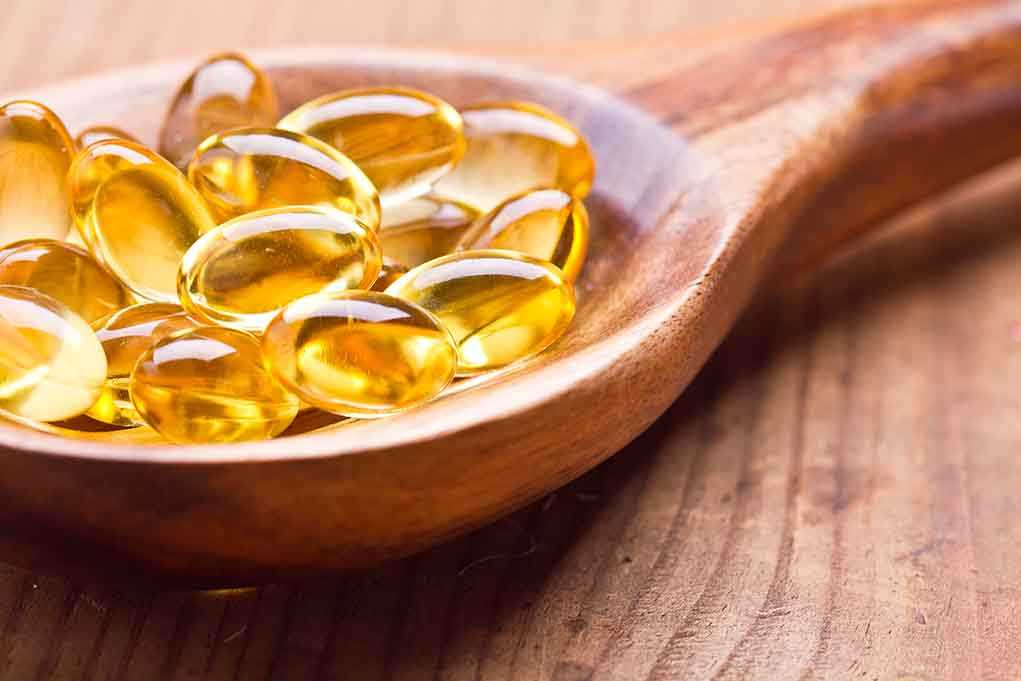
Your pantry’s most overlooked heart heroes might be sitting right behind those dusty soup cans, quietly packing more triglyceride-fighting power than most fresh foods at triple the price.
Story Snapshot
- Canned beans and fish deliver concentrated fiber and omega-3s that actively lower triglycerides and reduce cardiovascular disease risk
- Recent research debunks decades-old myths about canned foods being nutritionally inferior to fresh alternatives
- Strategic selection of low-sodium, BPA-free canned options maximizes heart benefits while minimizing health risks
- Ultra-processed ready-to-eat meals masquerading as healthy canned foods actually increase cardiovascular dangers
The Canned Food Renaissance Nobody Saw Coming
Cardiovascular researchers have quietly revolutionized their stance on canned foods over the past decade. What began as convenience options for budget-conscious shoppers has emerged as a legitimate weapon against America’s leading killer. The transformation isn’t accidental. Modern canning technology preserves nutrients more effectively than many home storage methods, while offering year-round access to heart-protective compounds that fresh foods often lack.
The American Heart Association’s recent acknowledgment of canned foods as viable heart-healthy options marks a dramatic shift from previous dietary guidelines. This endorsement comes as mounting evidence reveals that properly selected canned goods deliver superior concentrations of triglyceride-lowering nutrients compared to their fresh counterparts, particularly during off-seasons when fresh options lose nutritional value during extended transport and storage.
Why Your Triglycerides Respond to Canned Nutrition
Triglycerides function as your body’s storage system for excess energy, but elevated levels create arterial inflammation and cardiovascular complications. Fiber-rich canned beans interrupt this cycle by binding to cholesterol molecules and escorting them from your system before they convert to triglycerides. Meanwhile, omega-3 fatty acids in canned fish directly suppress triglyceride production in your liver while simultaneously reducing inflammatory markers throughout your cardiovascular system.
The concentration factor makes canned options particularly effective. A single can of black beans delivers approximately 15 grams of soluble fiber, equivalent to eating six medium apples. Similarly, one serving of canned salmon provides omega-3 levels that would require consuming multiple fresh fish portions. This nutrient density explains why cardiovascular patients following canned food protocols show faster triglyceride improvements than those relying solely on fresh alternatives.
The Hidden Dangers Lurking in Your Pantry
Ultra-processed ready-to-eat meals disguised as healthy canned options present serious cardiovascular risks that contradict the benefits of whole canned foods. These products typically contain sodium levels exceeding 40 percent of daily recommendations, artificial preservatives that trigger inflammatory responses, and refined sugars that directly elevate triglyceride production. The American College of Cardiology specifically warns against frequent consumption of these processed alternatives.
BPA exposure from can linings generated legitimate health concerns, but recent studies reveal minimal acute cardiovascular effects from quality canned whole foods. The key distinction lies in choosing products from manufacturers using BPA-free packaging and selecting items with minimal processing beyond the canning procedure itself. Reading ingredient labels becomes crucial for separating beneficial canned foods from their processed counterparts.
Strategic Selection for Maximum Heart Protection
Low-sodium varieties of canned beans, fish, and vegetables provide optimal triglyceride-lowering benefits without the cardiovascular stress of excessive salt intake. Rinsing canned beans reduces sodium content by up to 40 percent while preserving fiber and protein levels. For canned fish, wild-caught varieties in water rather than oil offer concentrated omega-3s without unnecessary calories that could elevate triglyceride levels.
The economic advantage makes canned heart-healthy foods accessible to populations traditionally excluded from premium nutrition options. Food-insecure communities gain access to triglyceride-fighting nutrients at fraction of fresh food costs, while the extended shelf life eliminates waste from spoilage. This accessibility factor transforms canned foods from convenience items into legitimate public health tools for addressing cardiovascular disease disparities across economic demographics.
Sources:
PubMed – Bisphenol Exposure and Cardiovascular Parameters
Nutritional Benefits of Canned Food
American College of Cardiology – Ultra-Processed Foods Are Breaking Your Heart
Scientists Popular Diet Raises Heart Risk
PMC – Ultra-Processed Food Consumption and Cardiovascular Disease















